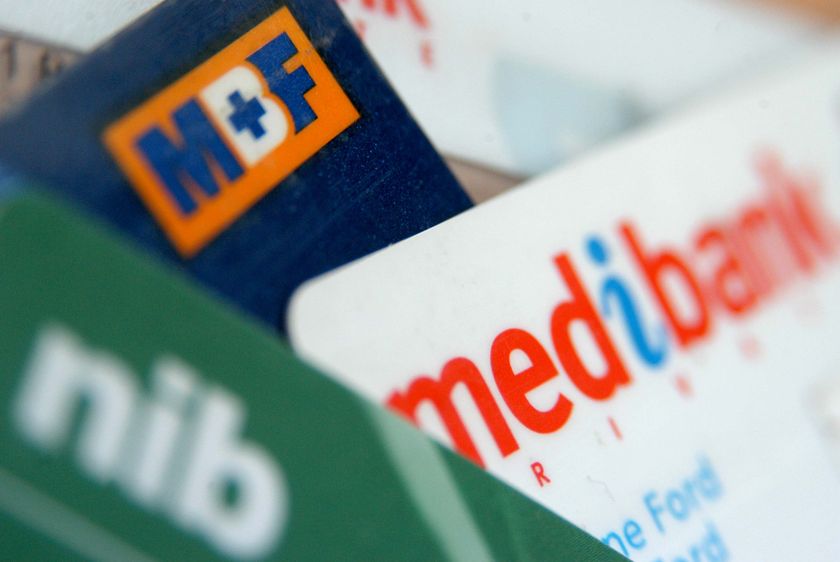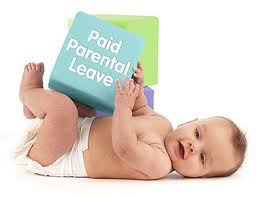
Consolidation of Dependency Tax Offsets

The Government will remove barriers to participation by consolidating eight existing dependency tax offsets into a single, non-refundable offset from 1 July 2012 for those maintaining a dependent that is genuinely unable to work due to disability or carer responsibilities. This offset will leave taxpayers with dependants who are genuinely unable to work no worse off and, in many cases, better off.
Phasing out the Mature Age Workers Tax Offset
The Government will be investing in better targeted participation programs and improve value for money through phasing out the mature age worker tax offset (MAWTO). The Government will be maintaining the MAWTO for people who are 55 or older on 1 July 2012, as they may have built the MAWTO into their household budgets.
From 1 July 2012, the Government will phase out the mature age worker tax offset (MAWTO) for taxpayers born on or after 1 July 1957. This will not affect any person who currently receives MAWTO.
The Government has already moved to put in place better measures to boost the employment prospects of older Australians who want to stay attached to the workforce. To help those older Australians who wish to continue work, but face barriers to getting a job, the Government will provide a Jobs Bonus (cash incentive) of $1,000 to employers who recruit and retain a worker aged 50 years or over for over three months.
Reforming the Net Medical Expense Tax Offset
A 20 per cent tax offset is available in respect of net medical expenses costing over $2,060.
“Net medical expenses” is the difference between medical expenses incurred relating to you or your dependants, less any refund you may have already received from Medicare or a private health insurance provider. Certain medical expenses are either excluded, such as cosmetic surgery, or require a doctor to direct that an individual receive therapeutic treatment, such as physiotherapy.
From 1 July 2012, the Government will introduce a means test for the Net Medical Expense Tax Offset, preserving the benefit for those under the Medicare Levy Surcharge (MLS) threshold, and reducing the rate and threshold for those over the MLS threshold.
For those people with adjusted taxable income above the Medicare levy surcharge thresholds ($84,000 for singles and $168,000 for couples/families in 2012-13), the claim threshold will be increased to $5,000 and the rate of reimbursement reduced to 10 per cent in the 2012-13 tax year. Taxpayers with income below the MLS threshold will continue to receive the same assistance as currently.
Schoolkids Bonus cash payment to replace Education Tax Offset
The Prime Minister announced that the Government would make a new no-strings cash payment, called the Schoolkids Bonus, to certain families with children at school. It will apply from 1 January 2013, and each year, families will receive the Schoolkids Bonus worth:

The new automatic payment will replace the Education Tax Refund (or offset) from 1 January 2013. Because the payment is automatic and upfront, it means:
Schoolkids Bonus will not be a taxable payment.
In the same way as the Education Tax Refund, the Schoolkids Bonus will be available to families receiving Family Tax Benefit Part A plus young people in school receiving Youth Allowance and some other income support and veterans' payments.
As part of the transition to the new Schoolkids Bonus, the Education Tax Refund for 2011-12 will be paid out in full to all eligible families as a lump sum payment in June 2012. This means families will receive their full Education Tax Refund entitlement ahead of tax time - so parents won't have to worry about keeping receipts or making claims when they do their tax this year.
More help for families
As part of the Benefits of the Boom package, more than 1.5 million families who receive Family Tax Benefit (FTB) Part A will receive a boost from 1 July next year.
All families that are eligible for FTB Part A will receive an increase:
From 1 July 2012, an individual's entitlement to a private health insurance rebate will be income tested. These changes are for the 2012-13 financial year. Taxpayers will not be entitled to their current rate of rebate if their income for Medicare levy surcharge purposes is either:

This means that if your adjusted taxable income is $84,000 or below as a single income or $168,000 or below as a family income (thresholds increase by $1,500 per child after the first child) then you are NOT affected by the changes and no action is required.
There are also two new income thresholds where taxpayers will pay a higher rate of Medicare levy surcharge at 1.25% or 1.5%.
|
Income thresholds |
||||
|
Singles |
$0 - $84,000 |
$84,001 - $97,000 |
$97,001 - $130,000 |
$130,001 and above |
|
Families* |
$0 - $168,000 |
$168,001 - $194,000 |
$194,001 - $260,000 |
$260,001 and above |
|
Private health insurance rebate |
||||
|
Unchanged |
Tier 1 |
Tier 2 |
Tier 3 |
|
|
Aged under 65 |
30% |
20% |
10% |
0% |
|
Aged 65-69 |
35% |
25% |
15% |
0% |
|
Aged 70 or over |
40% |
30% |
20% |
0% |
|
Medicare levy surcharge |
||||
|
Rates |
0% |
1% |
1.25% |
1.5% |
*The families' threshold is increased by $1,500 for each dependent child after the first. Families include couples and single parent families.
In May 2012, the ATO sent letters directly to taxpayers. You would have received this letter where the ATO have estimated your income for surcharge purposes is in the range where you will be affected by the changes.
You will receive this where one of the following applies to your situation:
The letter provides information to help you work out whether your entitlement will decrease. You may choose to contact your private health insurer to reduce the rebate you currently receive as a premium reduction to avoid incurring a liability at tax time in 2013.
FEDERAL GOVERNMENT’S LIFETIME HEALTH COVER LOADING SCHEME
The Federal Government’s Lifetime Health Cover loading scheme will not change. This means if you hold hospital cover and joined before turning 31, your exempt from paying a 2% loading on top of the normal premium for each year you didn’t have hospital cover over age 31.
If you joined after turning 31, your premium increases by 2% (up to maximum loading of 70% per year). This applies for 10 years straight. For couples the loadings are shared across both adults on the membership.
If you decide to drop your hospital cover, you may incur this loading if and when you return to private health insurance in the future.

The Paid Parental Leave scheme is set up to help you retain valuable and skilled staff by providing financial support for parents while they are off work caring for a newborn or recently adopted child. You will receive funds from the Department of Human Services before you need to provide Parental Leave Pay to your employee. You do this in the way you would normally pay their salary or wages. You have no obligation to pay your employee until the Department of Human Services pays you.
Eligible working parents can get 18 weeks of Parental Leave Pay at the rate of the National Minimum Wage (which has been increased to $606.40 per week from 1 July 2012). Full-time, part-time, casual, seasonal, contract and self-employed workers may be eligible. The employee needs to lodge a claim with the Department of Human Services as the first step and it is their job to assess whether your employee is eligible for Parental Leave Pay.
You are required to provide Parental Leave Pay for an eligible employee who:
Your business must have an Australian Business Number (ABN) to participate in the scheme. If your employee is eligible for Parental Leave Pay but you aren’t required to provide it, the Department of Human Services will pay them directly. However if you would like to be involved and remain connected to your employee while they are away (and your employee agrees), the Department of Human Services will fund you to provide their Parental Leave Pay.
Keep in mind, to be eligible for the scheme, your employee must be on leave or not working from the time they become their child’s primary carer until the end of their Paid Parental Leave period.
Parental Leave Pay is pretty flexible. Your employee can take it at the same time as any type of paid or unpaid leave, but it must be taken in a continuous block of up to 18 weeks. For instance, they could take 4 weeks of annual leave, then 6 weeks of paid maternity leave and then 8 weeks of unpaid parental leave, all while receiving Parental Leave Pay. It can start from the day their child is born or on a later date, however they must receive all of their Parental Leave Pay within 52 weeks of the birth or adoption.
Parental Leave Pay doesn’t change any of your employee’s existing leave entitlements or give them a new entitlement to leave as it’s a payment and not entitlement to leave, thus has no effect on your employee’s leave accrual.
You might already know long-term employees (worked for your business for 12 months or more) are entitled to a minimum 12 months unpaid parental leave under the Fair Work Act 2009. They can also request an additional 12 months unpaid leave on top of this. If you currently provide paid maternity or parental leave through an industrial agreement or law, you need to know you cannot withdraw that entitlement for the life of the agreement or law.
To participate in the Paid Parental Leave scheme, you need to register your business details with the Department of Human Services however this does not need to be done until they contact you.
Receive FREE information and advice on Accounting & Taxation every Quarter
Signup